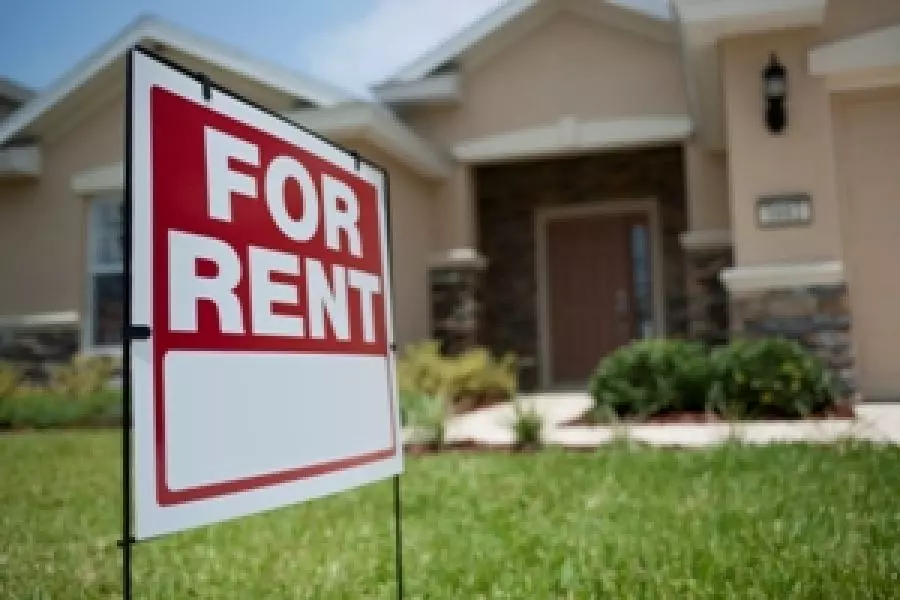News
Growth halts for Capital rents

Tuesday 22nd of September 2020
The median weekly rent in the Wellington region remaining flat on $550 per week in August, according to the Trade Me Rental Price Index.
Trade Me Property spokesperson Aaron Clancy says the region has experienced huge rental growth in recent years and it’s the first time they have seen Wellington rents stall since they first took off in late 2015.
“This was particula...
Want to read the full article?
Click the button below to subscribe and will have unlimited access to full article and all other articles on the site.






![[The Wrap] Bye Bye Bayly](https://goodreturns.publit.io/file/c_fill,w_900,h_600/39f23ac1-f7c7-4854-b700-a150004ebbac.webp)


